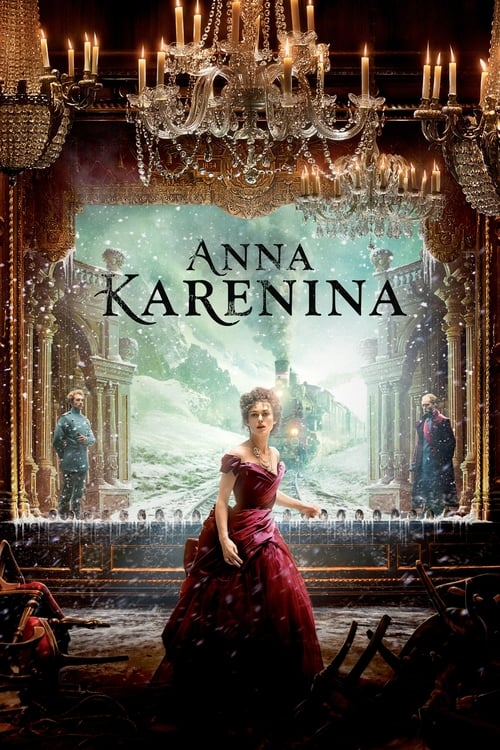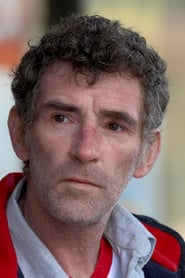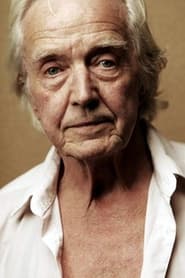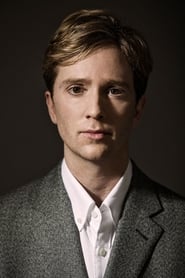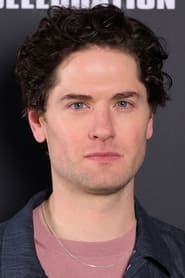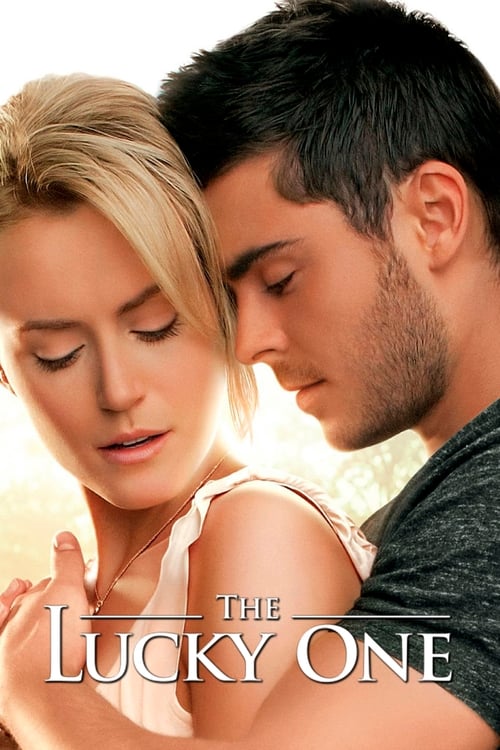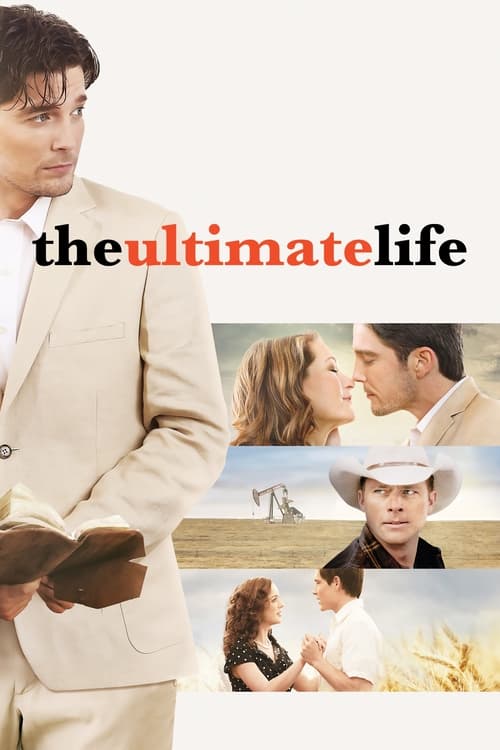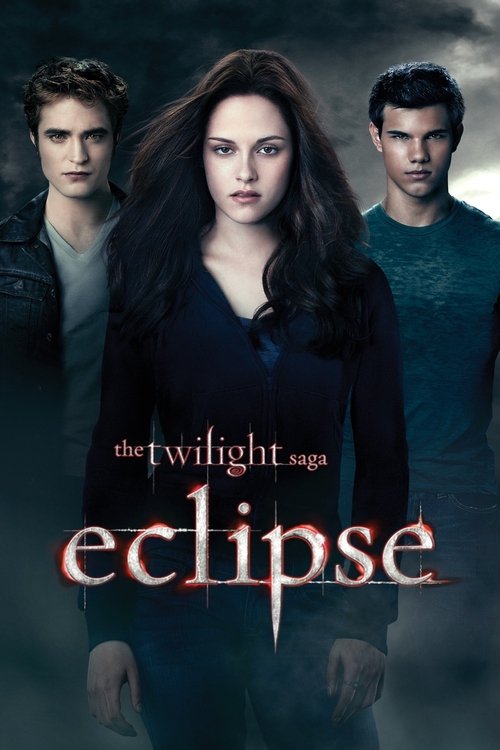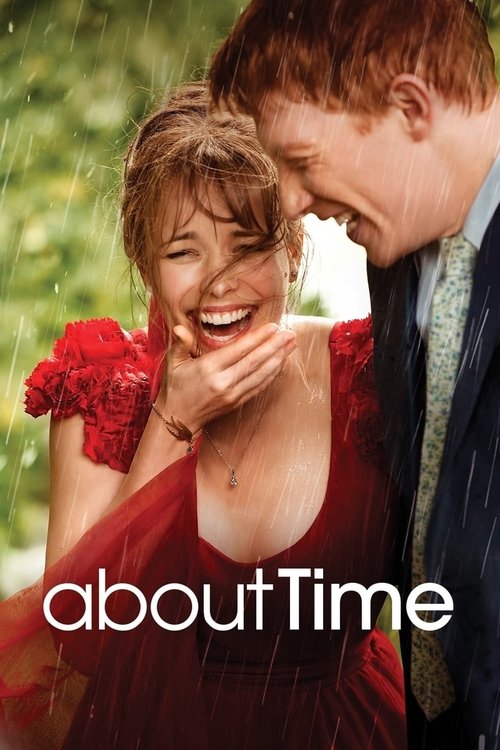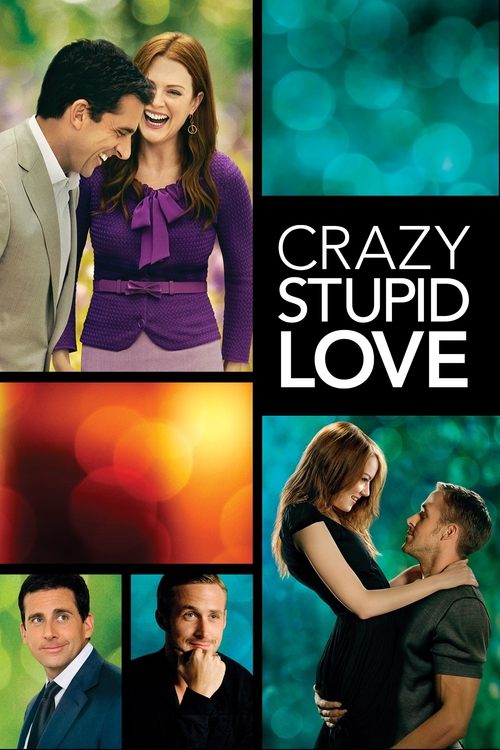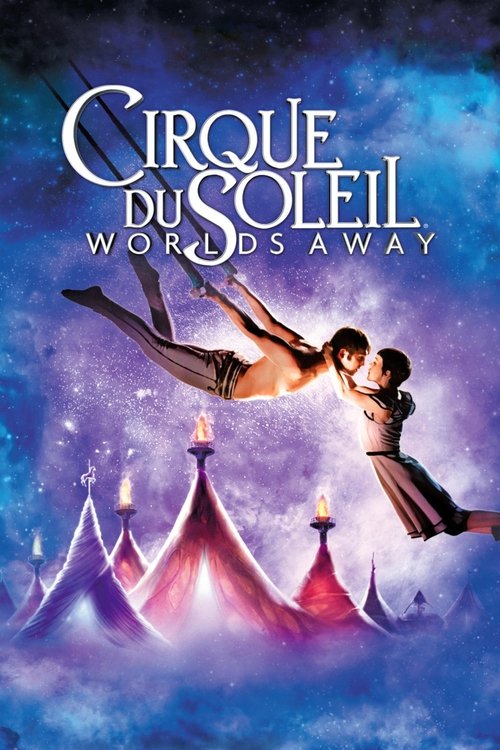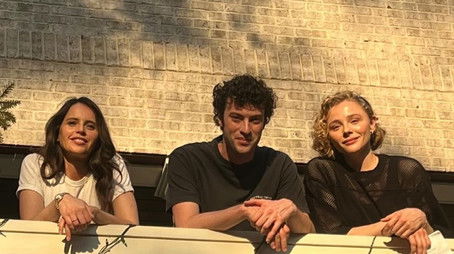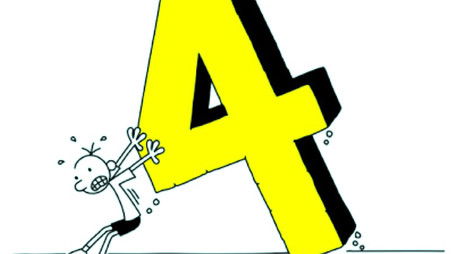
Ask Your Own Question
What is the plot?
More Movies Like This
Browse All Movies →What is the ending?
In the ending of the 2012 film "Anna Karenina," Anna, overwhelmed by despair and societal rejection, takes her own life by throwing herself in front of a train. Meanwhile, her lover, Count Vronsky, is left heartbroken and guilt-ridden. Levin, who has found a sense of peace and fulfillment in his marriage to Kitty, reflects on the nature of love and happiness.
As the film approaches its climax, the atmosphere is thick with tension and despair. Anna Karenina, portrayed with a haunting beauty by Keira Knightley, is increasingly isolated from society. The once-vibrant woman, who dared to defy societal norms for love, now finds herself shunned and tormented by the consequences of her choices.
In a pivotal scene, Anna attends a ball, where she is met with cold stares and whispers from the aristocracy. The opulence of the setting contrasts sharply with her internal turmoil. She feels the weight of judgment pressing down on her, and her desperation grows. Count Vronsky, played by Aaron Taylor-Johnson, tries to comfort her, but the chasm of societal rejection looms large between them. Their love, once a source of joy, has become a source of pain.
As the narrative unfolds, Anna's mental state deteriorates. She confronts her husband, Alexei Alexandrovich Karenin, played by Jude Law, in a desperate plea for understanding and freedom. Their confrontation is charged with raw emotion; Anna's vulnerability clashes with Karenin's cold, rational demeanor. He offers her a chance to return to their family, but Anna, feeling trapped, rejects his offer. The scene is heavy with the weight of unfulfilled desires and the harsh realities of their marriage.
In a moment of profound despair, Anna seeks solace in Vronsky, but he is consumed by guilt and uncertainty about their future. Their relationship, once passionate and liberating, is now fraught with doubt. Vronsky's love for Anna is evident, yet he is unable to provide her with the security she craves. The couple's emotional distance grows, and Anna's sense of abandonment deepens.
The film reaches its tragic conclusion as Anna, in a state of utter hopelessness, rushes to the train station. The bustling environment is filled with the sounds of life, yet Anna feels utterly alone. She stands on the platform, her heart racing, as she grapples with her choices. In a moment of clarity, she steps onto the tracks, and the train approaches with a deafening roar. The scene is heart-wrenching, capturing the finality of her decision as she throws herself in front of the oncoming train, a powerful symbol of her despair and the societal constraints that suffocated her.
In the aftermath of Anna's death, Vronsky is left shattered. He stands at the station, grief-stricken and lost, realizing the depth of his love for Anna and the irrevocable loss he has suffered. His world, once filled with promise, is now darkened by regret and sorrow.
Meanwhile, Konstantin Levin, portrayed by Domhnall Gleeson, finds a contrasting resolution. He has married Kitty, played by Alicia Vikander, and they share a moment of quiet happiness. Levin reflects on the nature of love and the simple joys of life, contrasting sharply with Anna's tragic fate. He embraces Kitty, and their bond symbolizes hope and the possibility of redemption amidst the chaos of their world.
The film closes with a poignant reminder of the different paths taken by its characters. Anna's tragic end serves as a stark contrast to Levin's journey toward understanding and fulfillment, encapsulating the film's exploration of love, societal expectations, and the human condition.
Is there a post-credit scene?
The 2012 film "Anna Karenina," directed by Joe Wright, does not have a post-credit scene. The film concludes with a poignant and emotional ending that encapsulates the tragic fate of Anna. After the climactic events of her life, the film ends on a somber note, focusing on the themes of love, loss, and societal constraints, leaving the audience to reflect on the characters' journeys without any additional scenes after the credits.
What is the significance of the train in Anna Karenina's story?
The train serves as a powerful symbol throughout the film, representing both the societal constraints that Anna faces and her ultimate fate. It is the site of her passionate encounter with Vronsky, marking the beginning of their tumultuous affair. The train also symbolizes the relentless passage of time and the inevitability of change, culminating in the tragic moment of Anna's death, where she throws herself under the train, signifying her escape from a life of despair.
How does Anna's relationship with Vronsky evolve throughout the film?
Anna's relationship with Vronsky begins with intense passion and excitement, as they are drawn to each other at first sight. Their love affair flourishes in secret, filled with romantic escapades and a sense of liberation from societal norms. However, as the story progresses, the initial thrill fades, and they face increasing societal scrutiny and personal turmoil. Vronsky's growing frustration and Anna's deepening insecurities lead to a tragic unraveling of their relationship, highlighting the destructive nature of their love.
What role does Kitty play in the story, particularly in relation to Levin?
Kitty is introduced as a young woman in love with Levin, who initially struggles with his feelings and societal expectations. Her character represents innocence and the hope for a traditional, loving marriage. After a period of heartbreak when she believes Levin has rejected her, she matures and ultimately accepts his proposal. Their relationship contrasts with Anna's tumultuous affair, showcasing a more stable and nurturing love that culminates in their marriage and the joy of family life.
How does Anna's relationship with her son Seryozha impact her decisions?
Anna's relationship with her son Seryozha is central to her emotional turmoil. She deeply loves him and is tormented by the thought of losing him due to her affair with Vronsky and the societal backlash that follows. Her desire to be a good mother conflicts with her pursuit of love and happiness, leading to moments of desperation. This maternal bond drives many of her decisions, including her eventual choice to confront her fate, as she feels increasingly alienated from both her son and society.
What is the significance of the ball scene in the film?
The ball scene is a pivotal moment that encapsulates the social dynamics and tensions of the time. It is where Anna first captures Vronsky's attention, igniting their passionate affair. The opulence of the setting contrasts sharply with the underlying emotional struggles of the characters. During the ball, Anna feels both exhilarated and trapped, as she navigates the expectations of high society while yearning for genuine connection. The scene foreshadows the societal judgment and personal conflicts that will plague her throughout the story.
Is this family friendly?
The 2012 film "Anna Karenina," directed by Joe Wright, contains several elements that may be considered objectionable or upsetting for children or sensitive viewers. Here are some aspects to be aware of:
-
Infidelity and Adultery: The central theme revolves around Anna's affair with Count Vronsky, which is depicted with emotional intensity and complexity. The portrayal of their relationship includes scenes of romantic tension and betrayal.
-
Suicidal Themes: The film addresses themes of despair and hopelessness, culminating in a tragic conclusion that involves suicide. This aspect may be distressing for some viewers.
-
Emotional Turmoil: Characters experience significant emotional struggles, including jealousy, heartbreak, and societal pressure. These intense emotional scenes may be difficult for younger audiences to process.
-
Social Critique: The film critiques the rigid social structures of 19th-century Russia, which may include scenes of judgment and ostracism that could be unsettling.
-
Violence and Conflict: There are moments of conflict and tension, including a scene involving a horse race that leads to a dramatic accident, which may be intense for some viewers.
-
Mature Themes: The film explores complex adult relationships, societal expectations, and moral dilemmas, which may not be suitable for younger audiences.
Overall, while the film is visually stunning and rich in narrative depth, its mature themes and emotional weight may not be appropriate for children or sensitive viewers.

